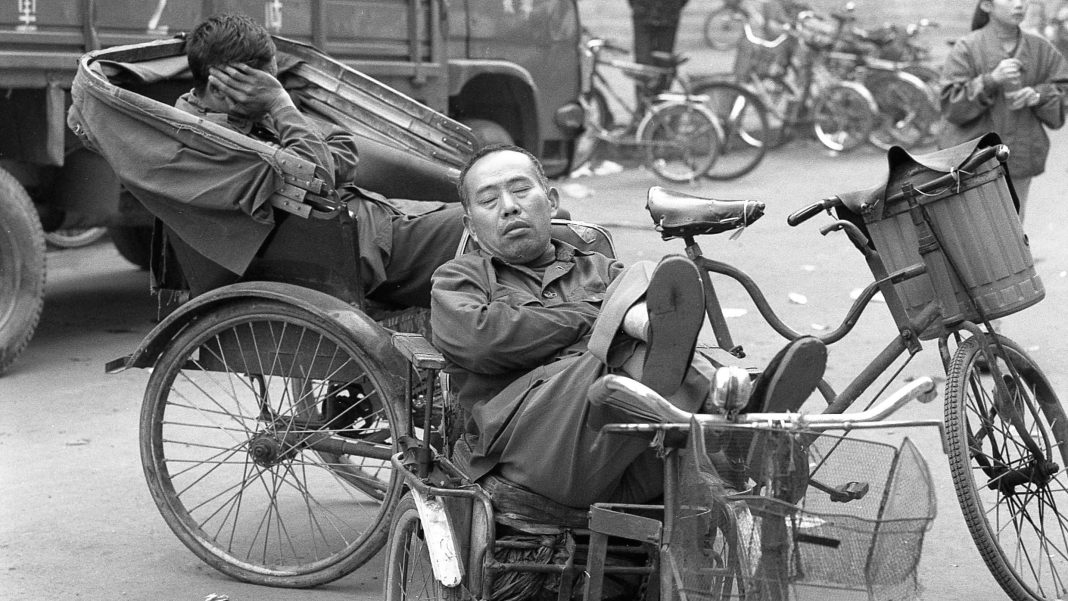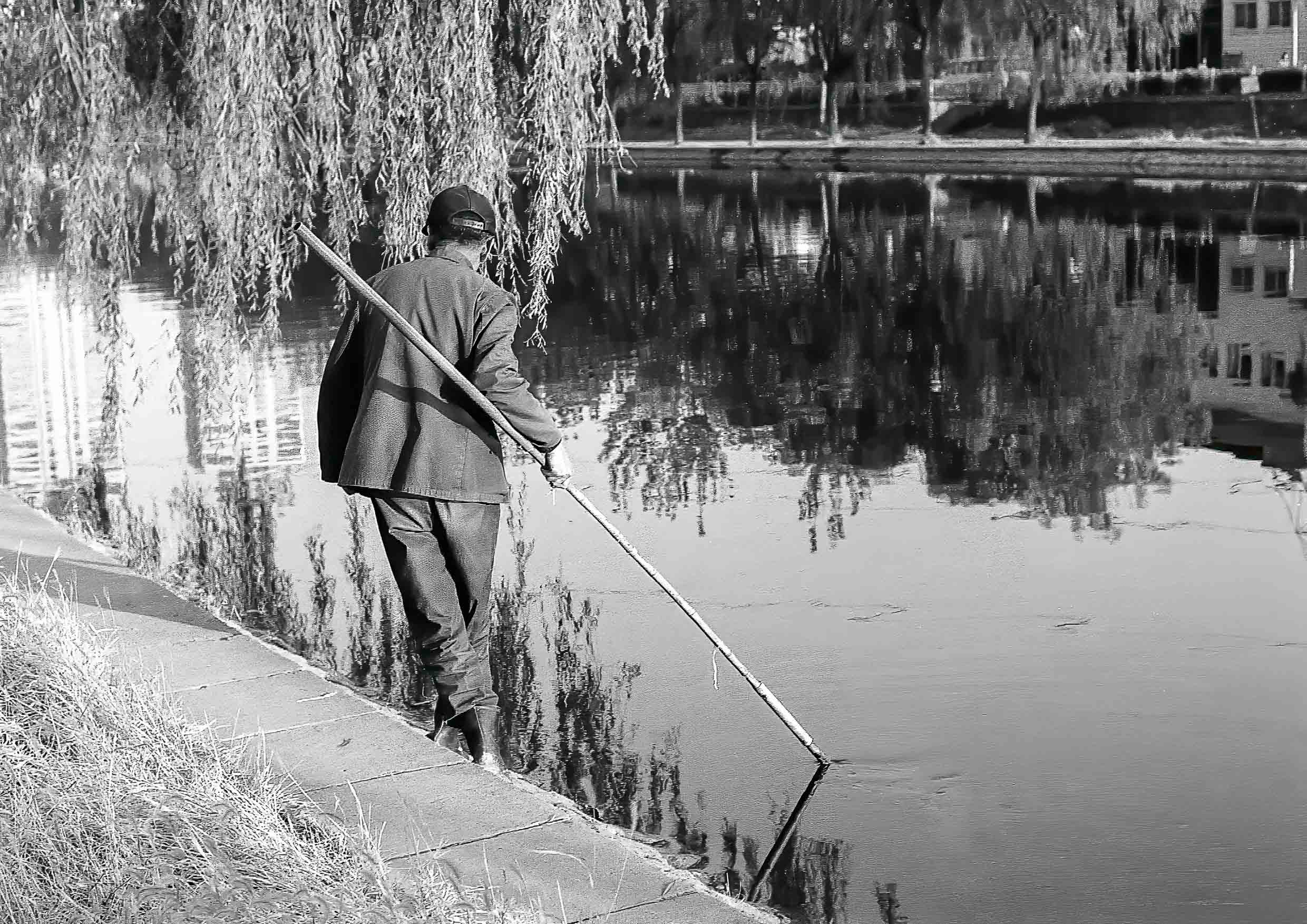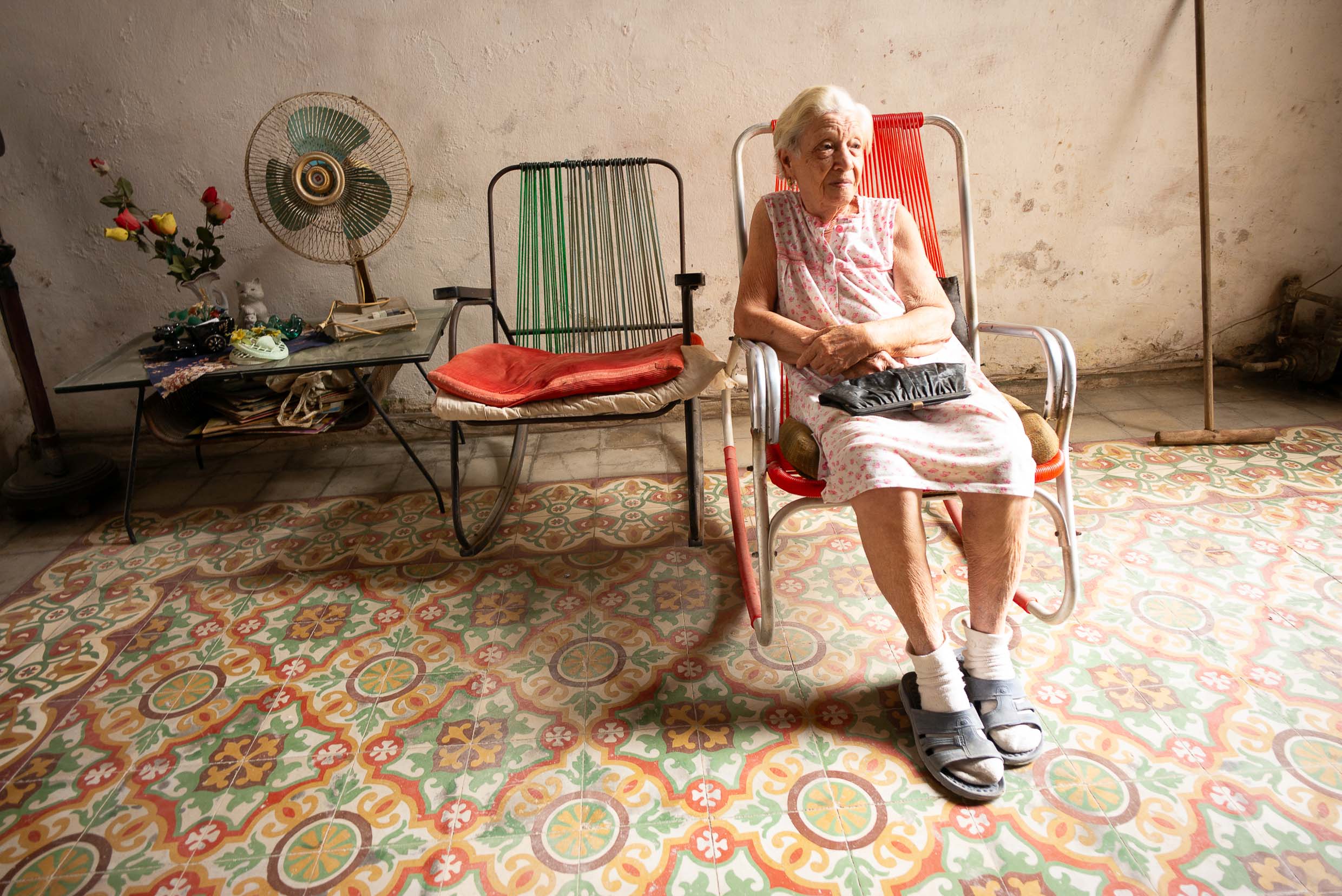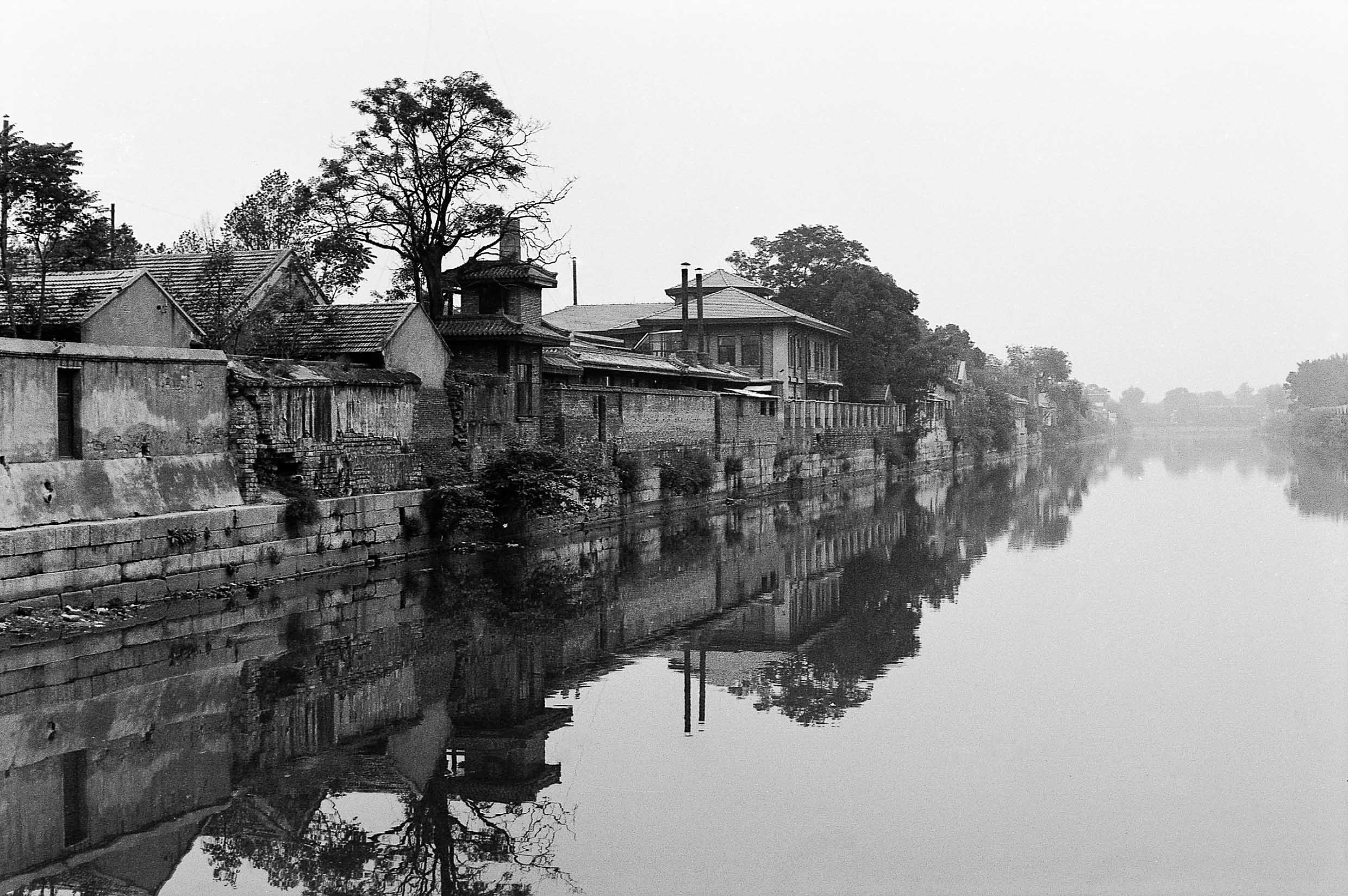The advent of Leica’s 100th year causes me to reflect on my association with the company’s cameras. Since the 1970s, I have been fascinated by the design and function of the M cameras. However, I was held back from travelling with a Leica by the lack of an internal light meter.
That all changed with the introduction of the M6. In the mid-90s, I finally sold my heavier, bulkier SLR gear and bought an M6 with a 50mm Summilux-M and 90mm Elmarit-M. My work took me on many travels, and the benefits from the small size and high quality of the camera and lenses was immediately obvious.
Have Leica: will travel
My visits to pre-modern China were a great opportunity to practice my first love, street photography. One of my earliest Leica images from China, with the 50mm Summilux:
Eleven years ago, I took my M240 to Cuba and got some really memorable images of the Cuban people, and I continue to practice this challenging type of photography to this day.
When ASPH triggered the start of another journey
My next purchase, during a 1990s visit to Hong Kong, was the 35mm Summilux-M ASPH, a revolutionary lens at the time, with its innovative aspherical lens design. Since then, I have never looked back, and keep travelling with a Leica. I progressed through the evolution of Leica from the M7, M8, M9, M240, M10, M11, Q2 and now the Q3 43.
I particularly love the M Monochrom cameras, a real innovation by Leica. I started on that journey with the MM246 and now shoot with the M10 Monochrom, usually with a yellow or orange filter on the lenses.
And M-lenses created new journeys

A number of superb M lenses have been a key element in my strong attraction to travelling with a Leica system, including the 28mm Elmarit, and the 35mm, 50mm, 75mm and 90mm APO Summicrons.
More recently, I have gained an appreciation for the character and quality of the older Leica lenses, beginning with the 35mm Summicron (king of bokeh), 50mm Summicron Rigid, 50mm Summicron versions IV and V, 75mm Summarit, and the 90mm Tele-Elmarit (late German version). I even acquired a very nice chrome version of the 90mm Elmarit-M.
Here is a street shot taken with my M10 Monochrom and 1990 vintage 35mm Summicron “King of Bokeh”, which is a favourite of mine for its small size and image character:
I have for some time ventured back into film photography again and still use an M3 SS, typically with the 50mm Summicron Rigid. I love the fact that it functions nearly identically to the latest digital M cameras, and also greatly appreciate the fact that even the oldest M lenses I own still work flawlessly on my M11 and M10M.
Travelling with a Leica creates friendships
I feel several other aspects of Leica photography are well worth mentioning. First, it means connecting with other Leica photographers on the street, and second, joining Leica user groups as well as the Leica Society International and sharing images and friendships.
These days, the biggest competitor to my M cameras is the Q3 43, an astonishing camera in many ways. My biggest regret? I wish I still had my first Leica!
Click here for more articles in this series
| Articles by Bill Royce | Learn about the Leica Centennial |
| Leica Society International | The Leica Society (UK) |
| Leica Fellowship (UK) | Leica Cameras |
Leave a reply and join in the discussion
The comments section below every article is a friendly, non-confrontational space where you can air your views without fear of stirring the sort of hornets’ nest that is so often a feature of websites. We welcome your views on the content of our articles, and your opinions on all aspects of photography are a lifeblood for Macfilos. Please let us know, in the section below, if you agree or disagree with our authors’ opinions — and please have no hesitation in adding your advice if you think we’ve overlooked anything important.






But what if I don’t have Leica? 😢 Am I doomed to travel heavy and never make friends? 😭
Your ‘pre-modern China images are fantastic. What a great time to visit and capture the place and the people with your Leica.
You’ve captured a history few of us can even imagining having seen. That alone is worth the cost of Leica camera and lenses. What amazing memories!
And I can’t wait to see what you’ll do with the Q3 43.